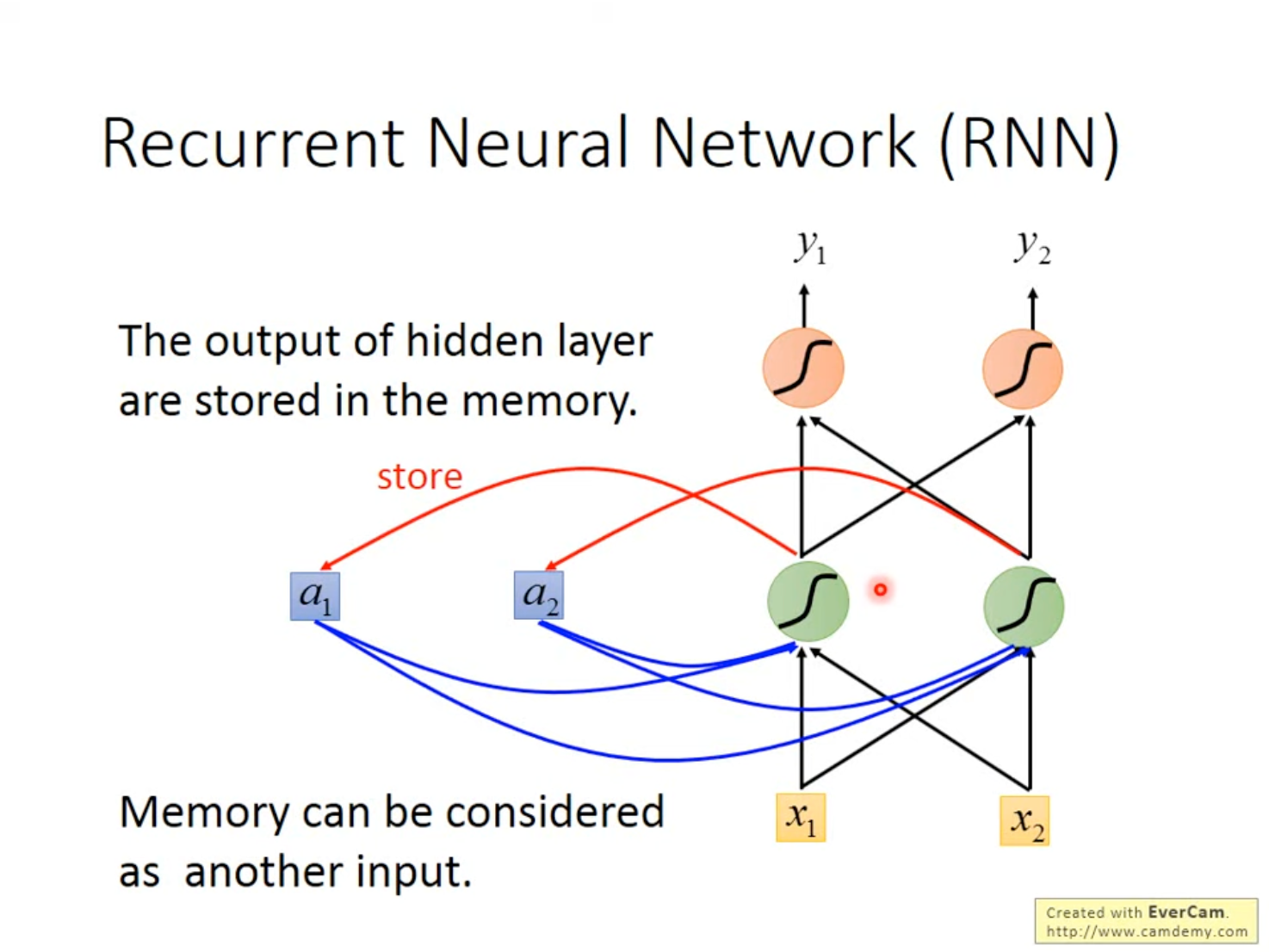文章目录
Week 12: 深度学习补遗:RNN与LSTM
摘要
本周继续跟随李宏毅老师的课程进行学习,主要对循环神经网络和长短期记忆进行了解和学习,了解其底层逻辑以及具体数学实现。除此之外,还对其奏效的原因和底层逻辑进行了一定程度的认识。
Abstract
This week, I took a course with Professor Hung-yi Lee on autoencoders and generative models, which are closely related. I mainly studied autoencoders from an abstract and mathematical perspective. The encoder-decoder architecture is a major mainstream structure in current models and is therefore important to learn. Studying autoencoders and generative models has given me a certain understanding of the encoder-decoder architecture.
1. Recurrent Neural Network 循环神经网络
RNN的一个典型应用是Slot Filling,即设置几个槽位(Slot),将句子的相应内容解析到对应的槽位。例如设置“Destination”、“Time of Arrival”两个槽位,对于“Arrive Taipei on November 2nd”这个句子,需要将“Taipei”解析到“Destination”中,“November 2nd”解析到“Time of Arrival”中。
| Destination | Time of Arrival |
|---|---|
| Taipei | November 2nd |
首先需要将句子嵌入成向量,可以通过1-of-N Encoding的方法或者词哈希等方法进行实现。但使用普通前馈神经网络时会出现一个问题,即对于两个句子“Arrive Taipei on November 2nd”和“Leave Taipei on November 2nd”,FNN会先处理“Arrive”和“Leave”再处理“Taipei”。对于这两个句子,FNN无法分辨“Taipei”在当前句子是出发地还是目的地,因为FNN没有记忆能力。

RNN的特点,在于增加了一个暂存模块,隐藏层的输出被存储在内存中,而内存作为一个另外的输入在下次输入进行时一并进行输入。需要注意的时候,在第一次训练时,Memory也必须要被初始化。
设想一个简单的RNN,其权重都被设置为1,无偏差,Memory初始化为0。
Input Sequence: [ 1 1 ] [ 1 1 ] [ 2 2 ] … Output Sequence: [ 4 4 ] [ 12 12 ] [ 32 32 ] … \text{Input Sequence:}\begin{bmatrix}1\\1\end{bmatrix}\begin{bmatrix}1\\1\end{bmatrix}\begin{bmatrix}2\\2\end{bmatrix} \dots \\ \text{Output Sequence:}\begin{bmatrix}4\\4\end{bmatrix}\begin{bmatrix}12\\12\end{bmatrix}\begin{bmatrix}32\\32\end{bmatrix} \dots\\ Input Sequence:[11][11][22]…Output Sequence:[44][1212][3232]…
对于第一个输入 [ 1 1 ] \begin{bmatrix}1\\1\end{bmatrix} [11],第一个隐藏层的结果为 [ 2 2 ] \begin{bmatrix}2\\2\end{bmatrix}





 最低0.47元/天 解锁文章
最低0.47元/天 解锁文章

















 1065
1065

 被折叠的 条评论
为什么被折叠?
被折叠的 条评论
为什么被折叠?








